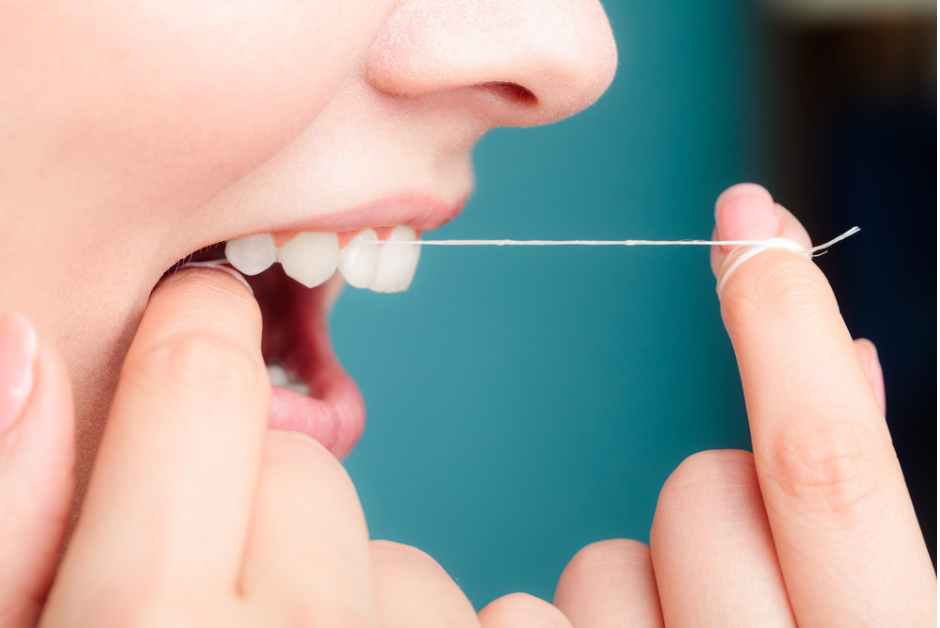

What causes plaque, what are the effects and how can it be removed and prevented?
Throughout the day, the surface of your teeth will become covered in a sticky, colourless layer of protein known as dental plaque. Often invisible to the naked eye, plaque occurs naturally and, if left untreated, can contribute to oral health problems.
Dental plaque is a biofilm of microorganisms consisting of bacteria and fungi that gradually develops on your teeth. As plaque occurs naturally, this layer can develop on your teeth even without eating.
As a flourishing ecosystem, your mouth is home to an ever-changing array of bacteria. These enter as you eat, drink and breathe, allowing dental plaque bacteria to naturally develop and quickly multiply.
Following a meal, snack or drink containing sugar, the bacteria contained within the plaque release acids into the mouth that attack tooth enamel. If ignored, these repeated attacks can cause the enamel to break down. This will eventually result in cavities.

Dental plaque generally develops on the surface of teeth and around the gumline. It accumulates in places that are missed or not cleaned thoroughly when brushing your teeth. Pay particular attention to areas between your teeth, at the edges of your gums, and around crowns, bridges and dental implants.
If dental plaque is left untreated, it can develop into a build-up of tartar (or calculus) above and below the gum line. If it’s not removed by your dentist or dental hygienist, this hardened layer can lead to oral health problems, including:
With its oxygen-enriched formula, blue®m can help treat and prevent dental plaque. Here are our recommended products.
According to oral surgeon and blue®m founder Dr Peter Blijdorp, the best way to remove dental plaque is to brush your teeth properly at least twice daily for two minutes.
Dr Blijdorp also recommends visiting your dentist at least twice a year and having your teeth professionally cleaned by a dental hygienist.
Preventing plaque build-up requires you to take good care of your teeth and gums. Brushing your teeth regularly using a soft or ultra-soft toothbrush, as well as flossing regularly will help to prevent plaque build-up.
To improve your oral health routine, use blue®m Toothpaste. With its thinner, more effective formula, blue®m Toothpaste is ideal for reducing plaque build-up.
With its revolutionary, oxygen-enriched formula containing honey, lactoferrin and xylitol, blue®m allows you to dramatically reduce the build-up of dental plaque.
It can also help treat and prevent other oral problems such as inflamed gums, periodontitis and peri-implantitis.
Yes! Flossing is an essential part of any oral healthcare routine. By flossing daily, you help remove plaque from the areas between your teeth that the toothbrush can’t reach. This is important because plaque that is not removed by brushing and flossing can harden into calculus or tartar. Flossing also helps prevent gum disease and cavities.
Yes. We advise you to brush your teeth twice a day to maintain a healthy happy mouth and decrease existing plaque.
Yes. Bacteria can stick to plaque much more easily. This can cause halitosis (bad breath).


All orders are handled and dispatched by Swallow Dental Supplies Ltd.
